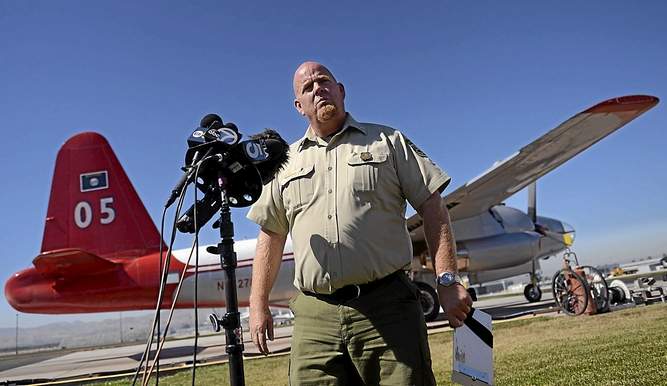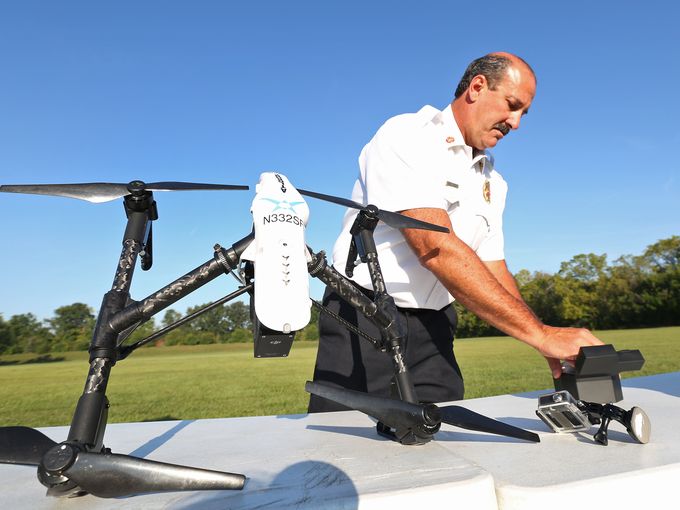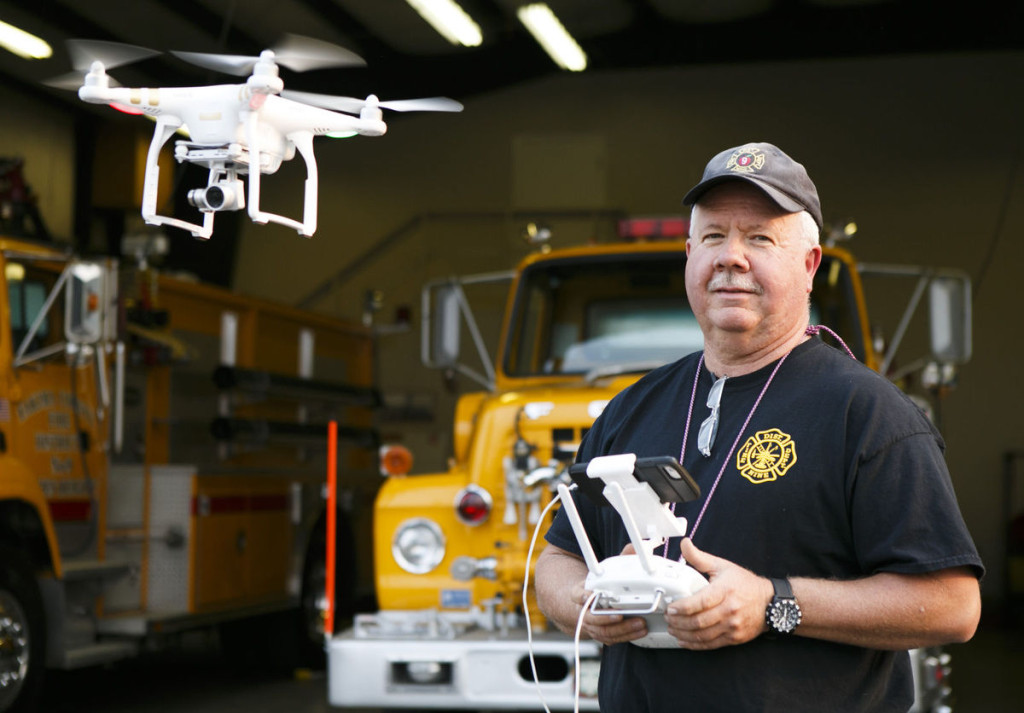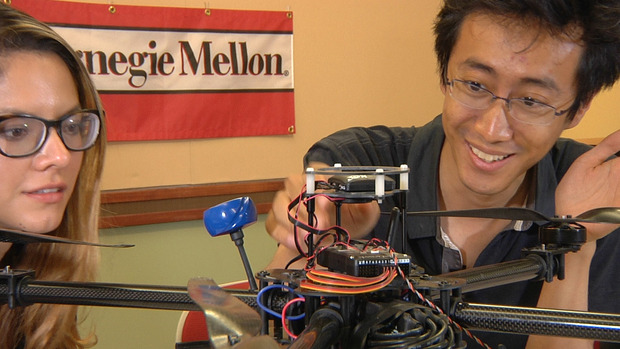
By Joe Nelson, San Bernardino Sun
Legislation that would increase fines for drone operators who interfere with firefighters and other emergency responders has passed the Legislature and is headed to the governor for consideration.
State Sen. Ted Gaines’ proposed law would also grant immunity to firefighters and other emergency responders who damage or destroy unmanned aerial aircraft during emergency operations.
Senate Bill 168 passed the Legislature on Friday and was on its way Monday to the desk of Gov. Jerry Brown for consideration, an aide for Gaines said.
“To think that someone would interfere with firefighting or emergency response situations to get a sneak peak or to post a drone video on YouTube is an outrage that is deserving of punishment and condemnation,” Gaines, a Republican from El Dorado, said in a statement.
For firefighters, 2015 has been the year of the drone. Unmanned aerial aircraft have been popping up at wildland fires across the state this year, hindering firefighting operations, destroying property and threatening lives, authorities said. And Southern California — with fires across the San Gabriel Valley foothills to the passes and brush of San Bernardino County — has been no exception.
“Any effort by our elected officials, the public and hobbyists to make the skies safer for firefighters, we definitely appreciate,” said John Miller, U.S. Forest spokesman for the San Bernardino National Forest.
He said that within a five-week period in June and July, there were five drone sightings at four wildland fires in San Bernardino County, and there have been more than a dozen drone sightings at wildfires across the state this year.
“It’s now part of our new reality that everybody has to be on the lookout for these things, which is a place we weren’t in a couple of years ago,” Miller said.
The most recent incident occurred Sunday, when Cal Fire reported that a drone forced the grounding of two air tankers trying to drop retardant on a wildfire fire in Oakhurst in Northern California.
In August, as the Cabin fire raged on the upper slopes of San Gabriel Canyon in the Angeles National Forest north of Glendora, the Federal Aviation Administration enforced a temporary ban on the flying of drones.
That came after a series of fires in San Bernardino County, where drones flown by civilians interfered with major firefighting efforts.


